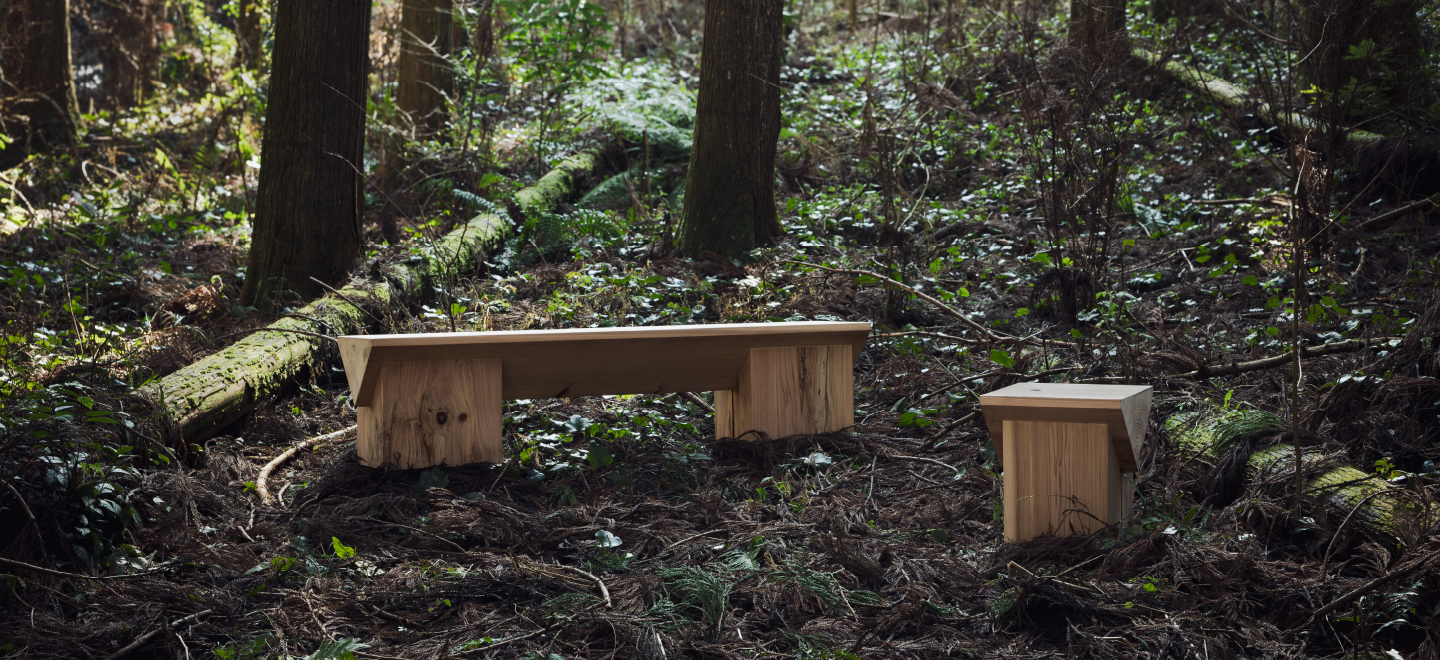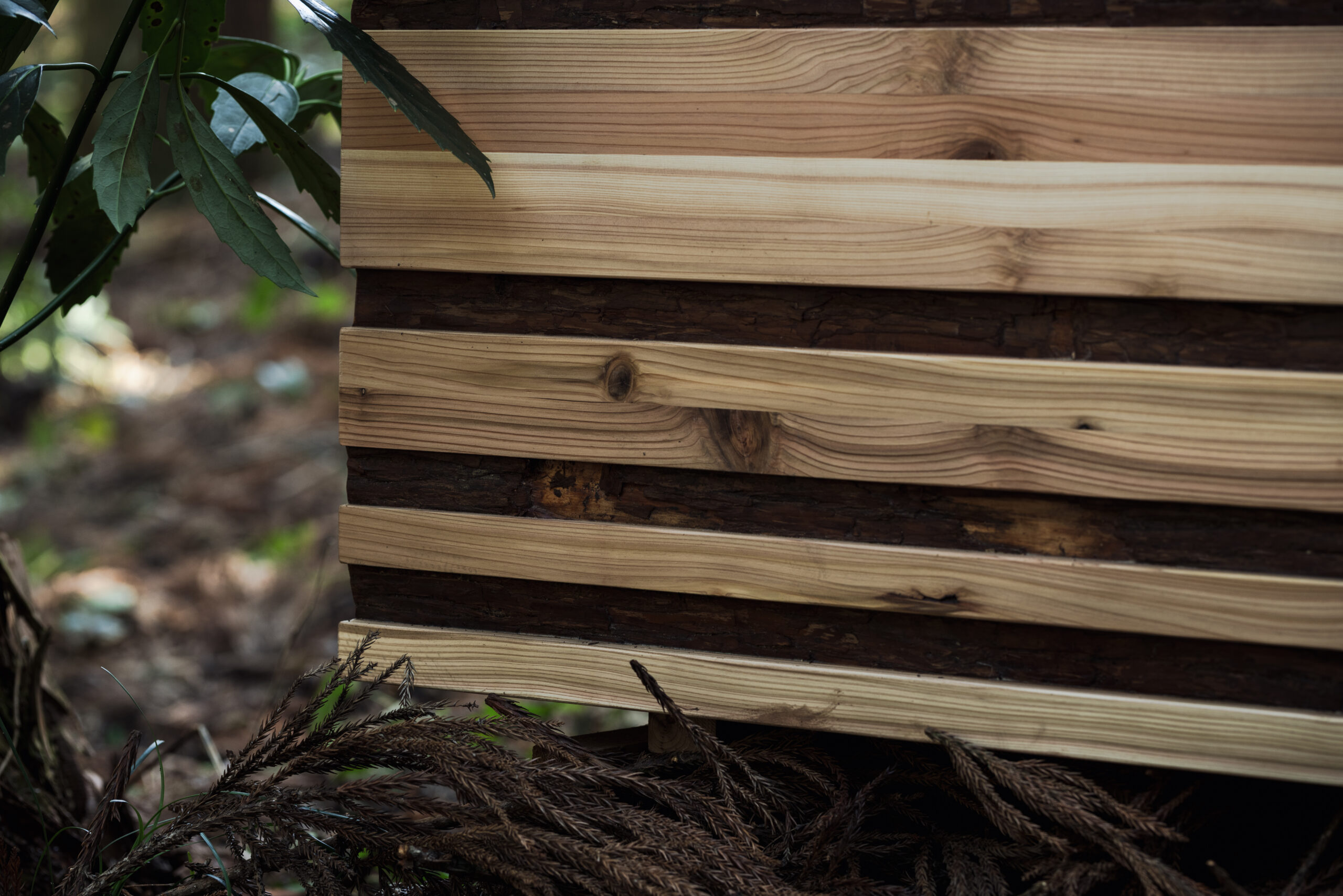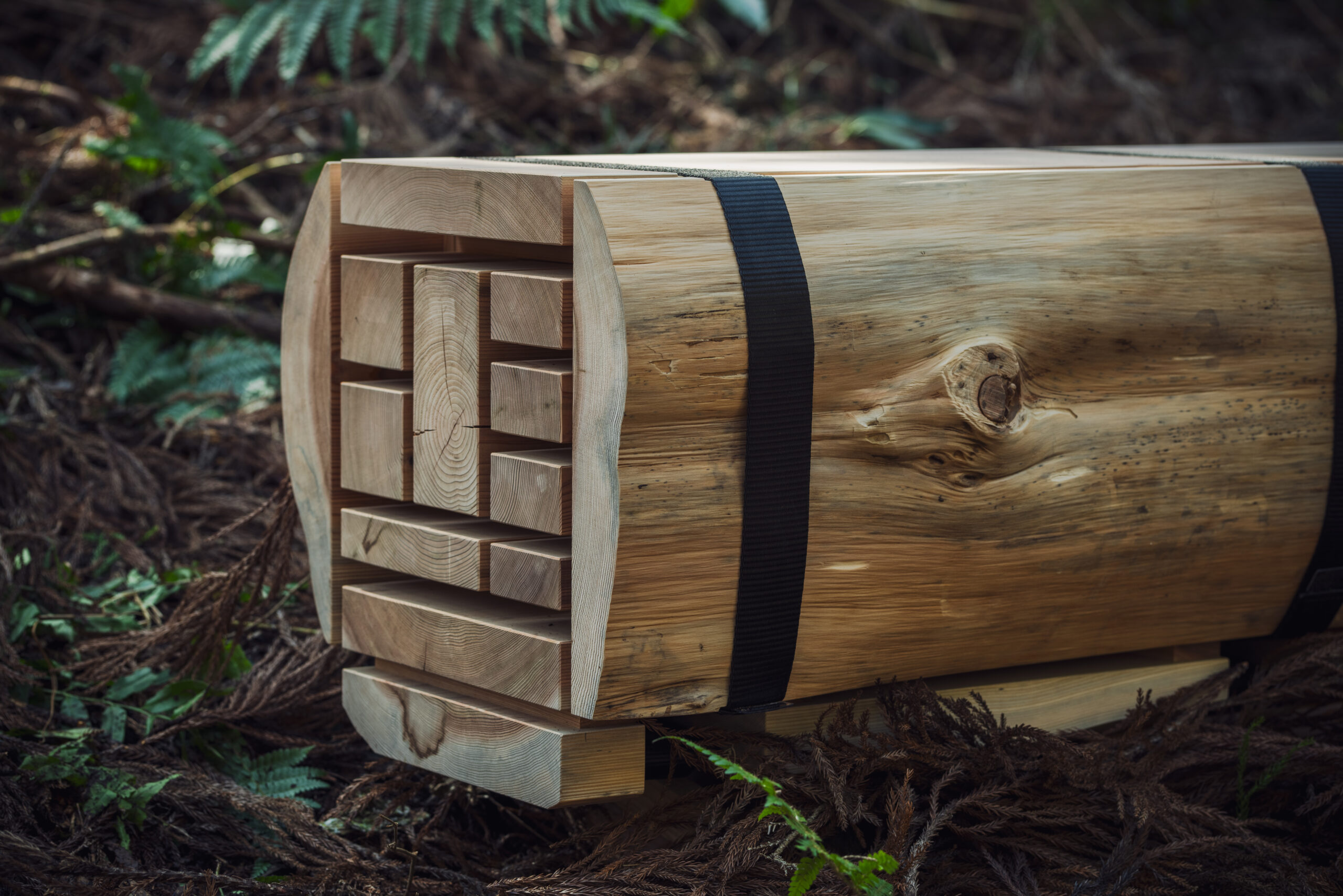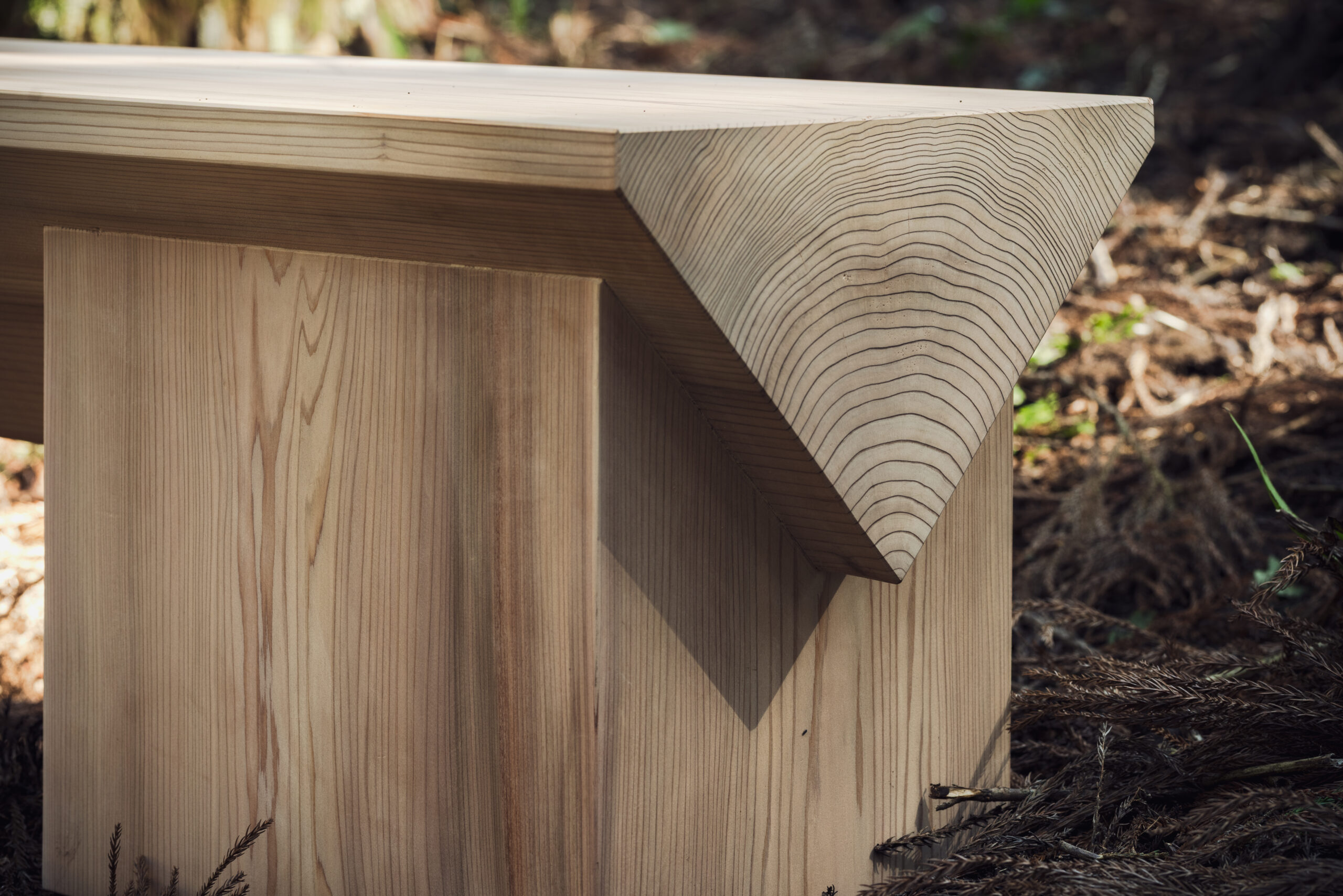
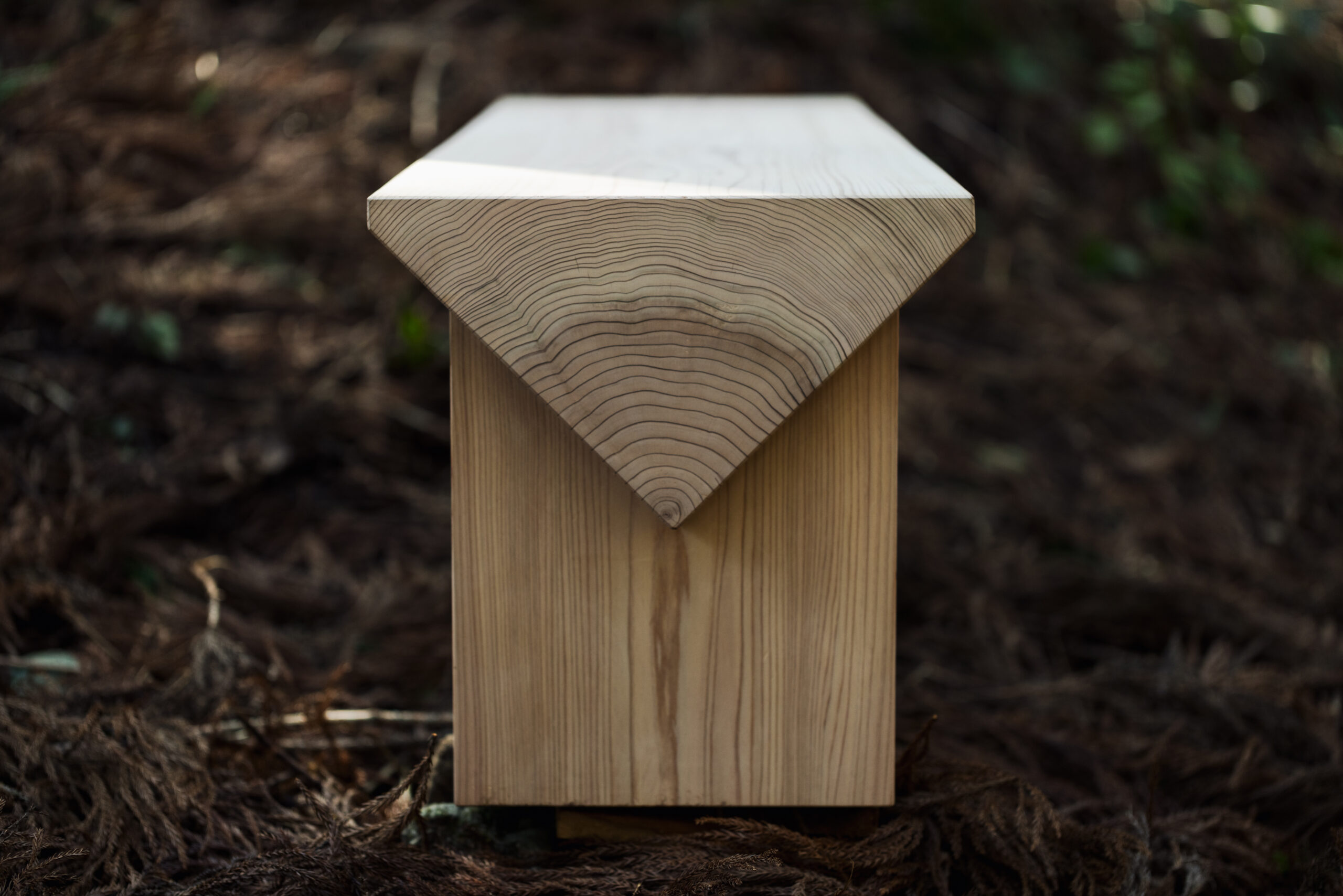
Type A
Each tree, as is
TITLE
「TREE」
This bench is constructed by combining a seat and legs made from a single tree. Designed to retain as much of the original form of the log as possible, it reflects the tree’s natural presence in the forest. This minimally processed design was made possible by meticulous sawmilling techniques.
Designed by
Matsui Takashi
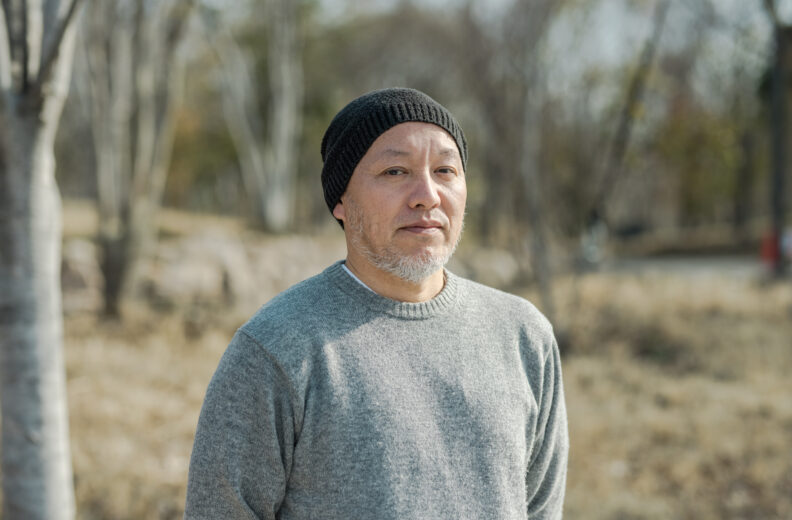
DESIGNER’S PROFILE
Born in 1970 in Osaka, he is a director and product designer at “graf”, a company that manufactures and sells furniture while also engaging in product design. He grew up in an environment where his parents ran a shoe store in a downtown shopping district and his father was a shoemaker. After working in charge of antique furniture repair at an architectural design office and interior shop, he started “graf” activities with friends in 1998. He’s in charge of design, focusing on furniture and products.
Designer’s Reflection
In Japan, there is a long-held tradition of revering natural elements such as trees and stones as sacred. Even now, large trees at local shrines are adorned with sacred ropes, and people bow their heads in prayer. From furniture to chopsticks, many items in our daily lives are made of wood, reminding us how frequently we come into contact with it. This connection spans time—my body still remembers the feel of the wooden desks and chairs from my kindergarten days decades ago.
How much of my life has been intertwined with trees? What exactly is the relationship between trees and people? I wanted this bench to prompt such questions. That became my starting point for this piece.
A tree stump can serve as a seat. But when touched by human hands, a “tree” becomes a bench. In considering the relationship between trees and people, I believe it’s important to find harmony between the existence of the tree and human craftsmanship. I designed this piece so that one can feel the time the tree has lived—perhaps over a hundred years—through its rings, and imagine the form it once held in the forest.
I hope that by interacting with this bench, people will reflect on how trees take on new forms and continue to support our lives, and reconsider their own relationship with trees—past, present, and future. May the connection between trees and people continue for generations to come.
Process of Creation
2024.4-2025.3
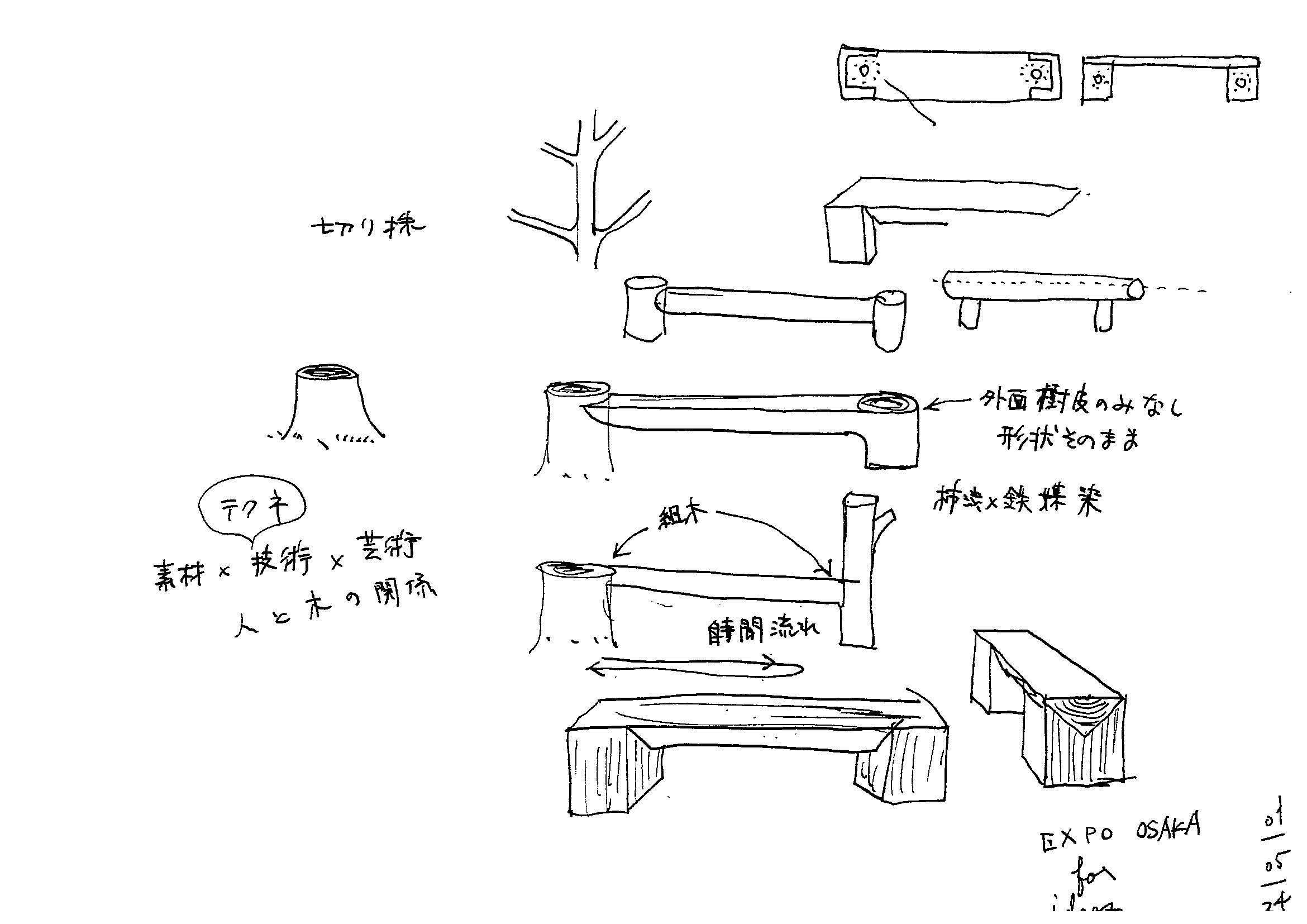
The initial sketches were developed while exploring how to minimise human intervention, yet still imbue meaning through the act of making.
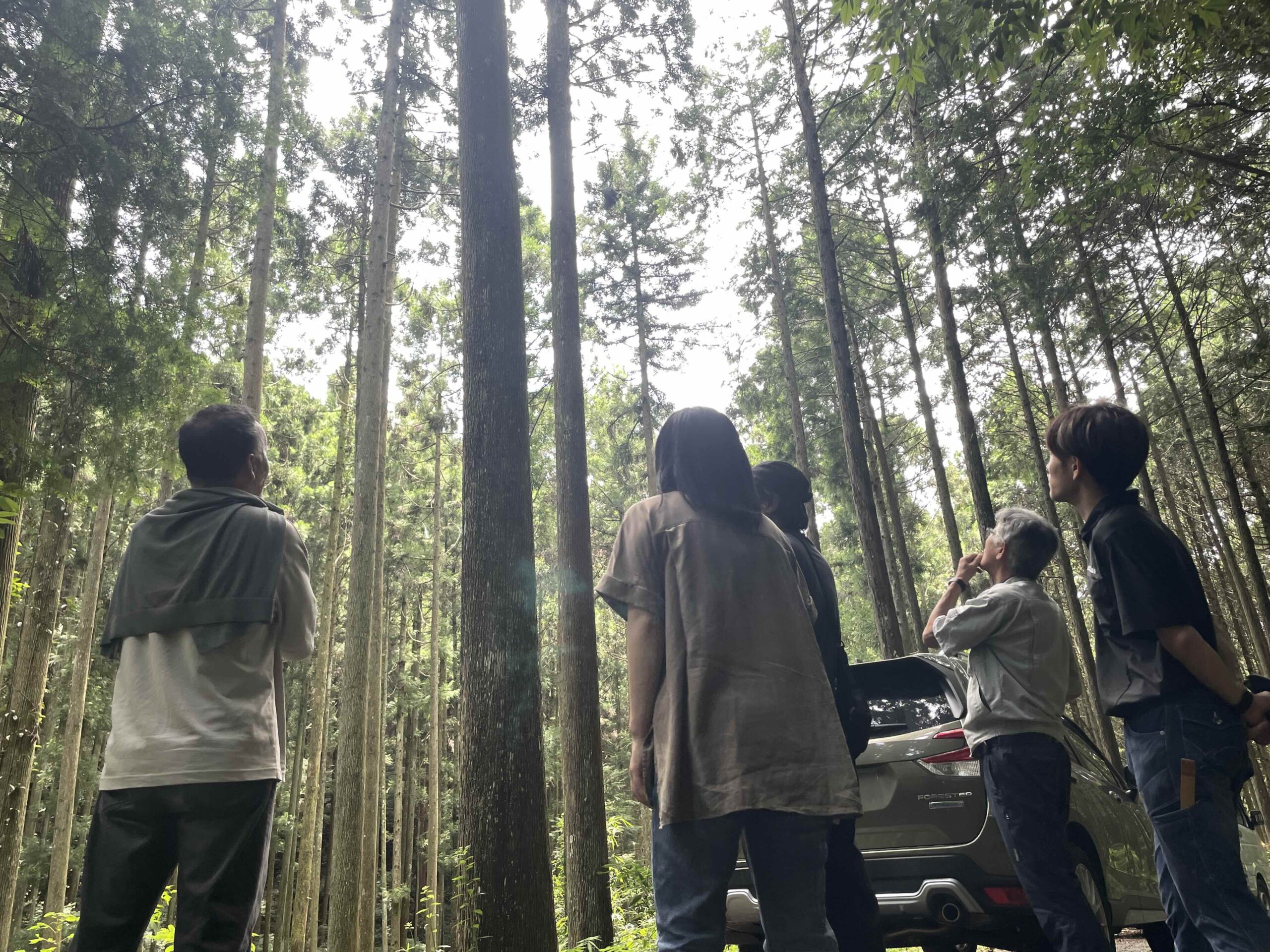
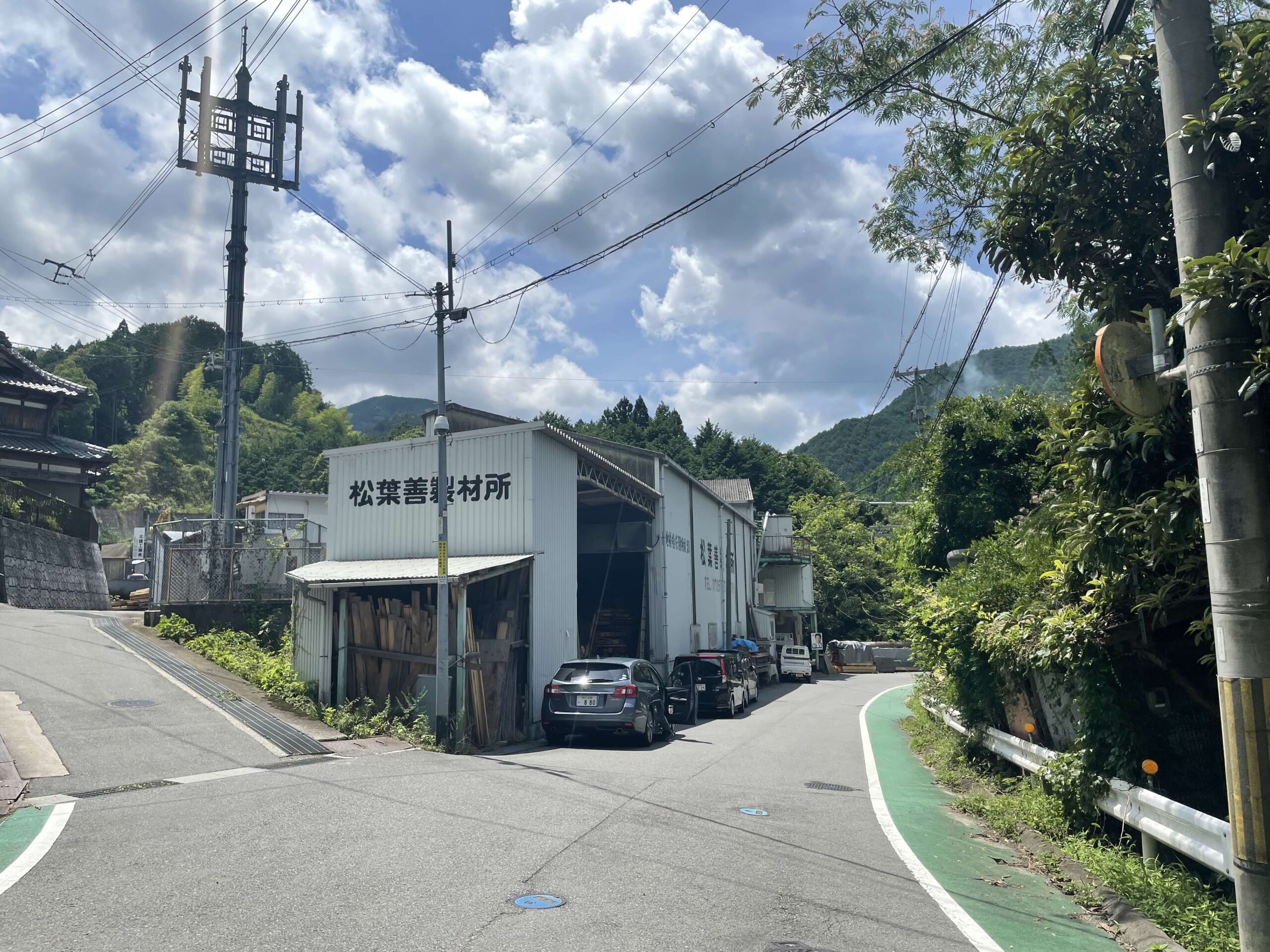
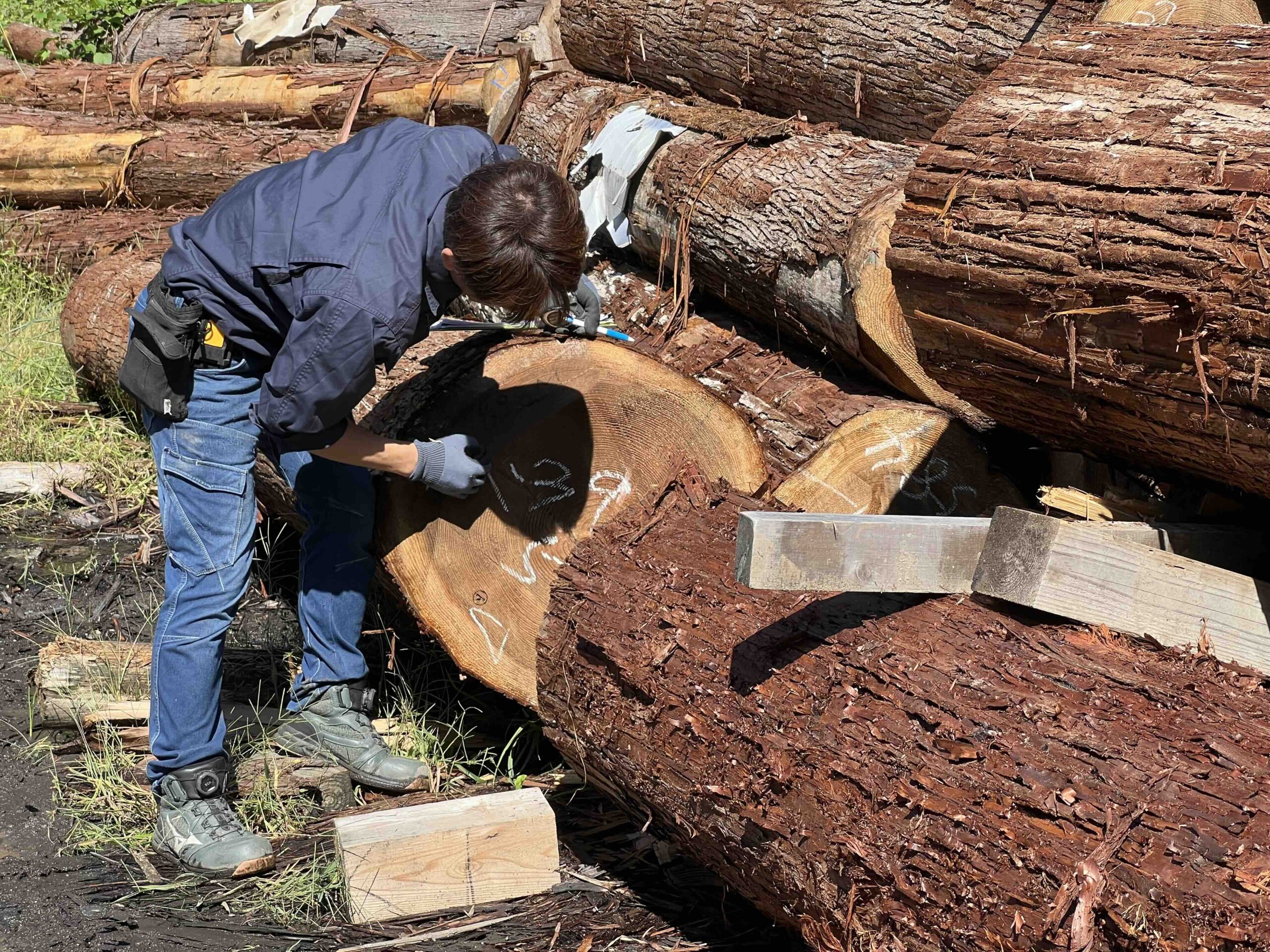
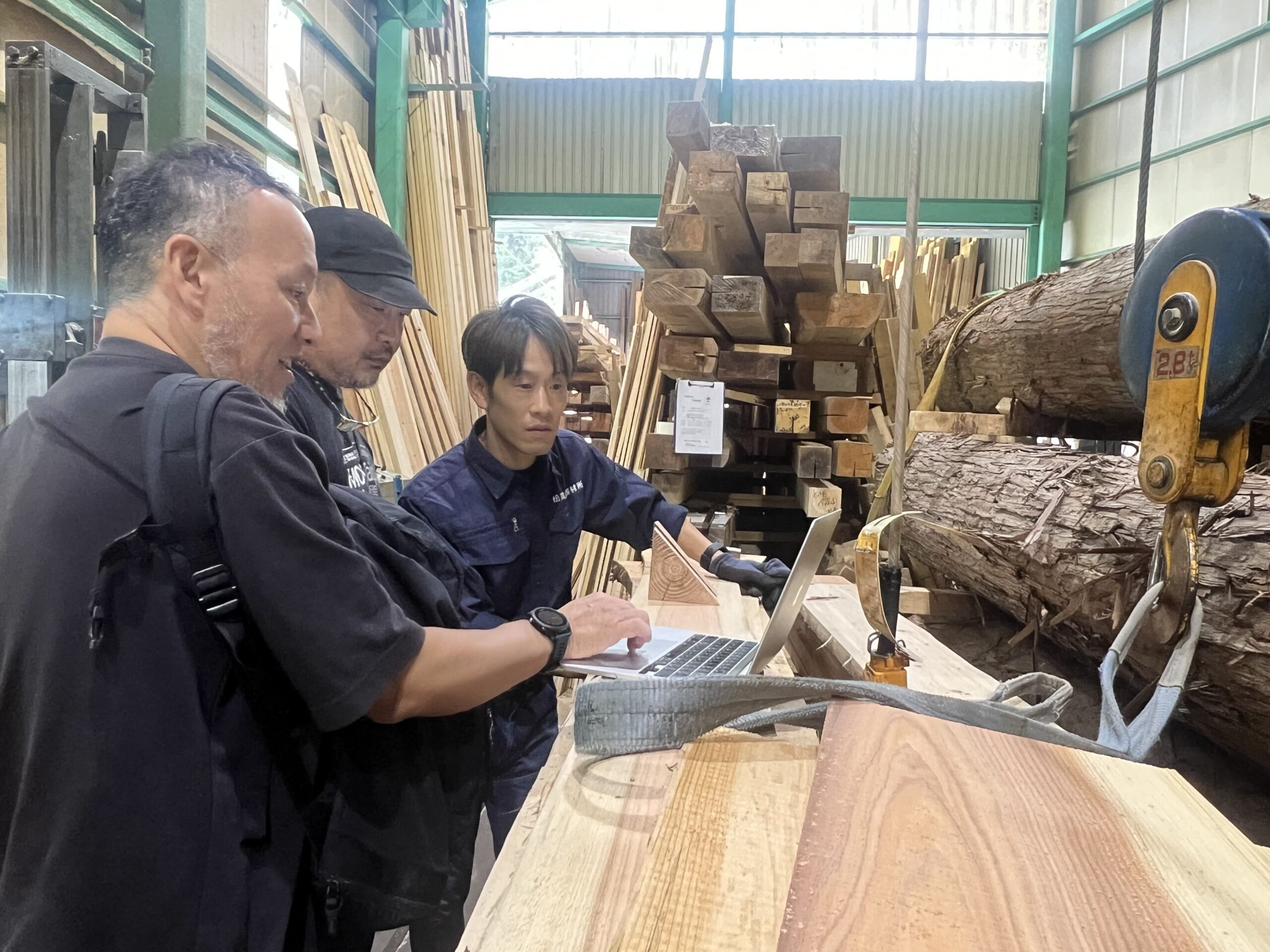
01–03: Driven by the idea of using an entire tree, we first visited a forest behind the Matsubazen Sawmill. However, unable to secure sufficient drying time, we decided against forcing its use and instead chose a tree that had already been felled and dried. 04: The structure of the bench legs was refined with the sawmill based on a prototype, adjusting the design to account for potential warping.
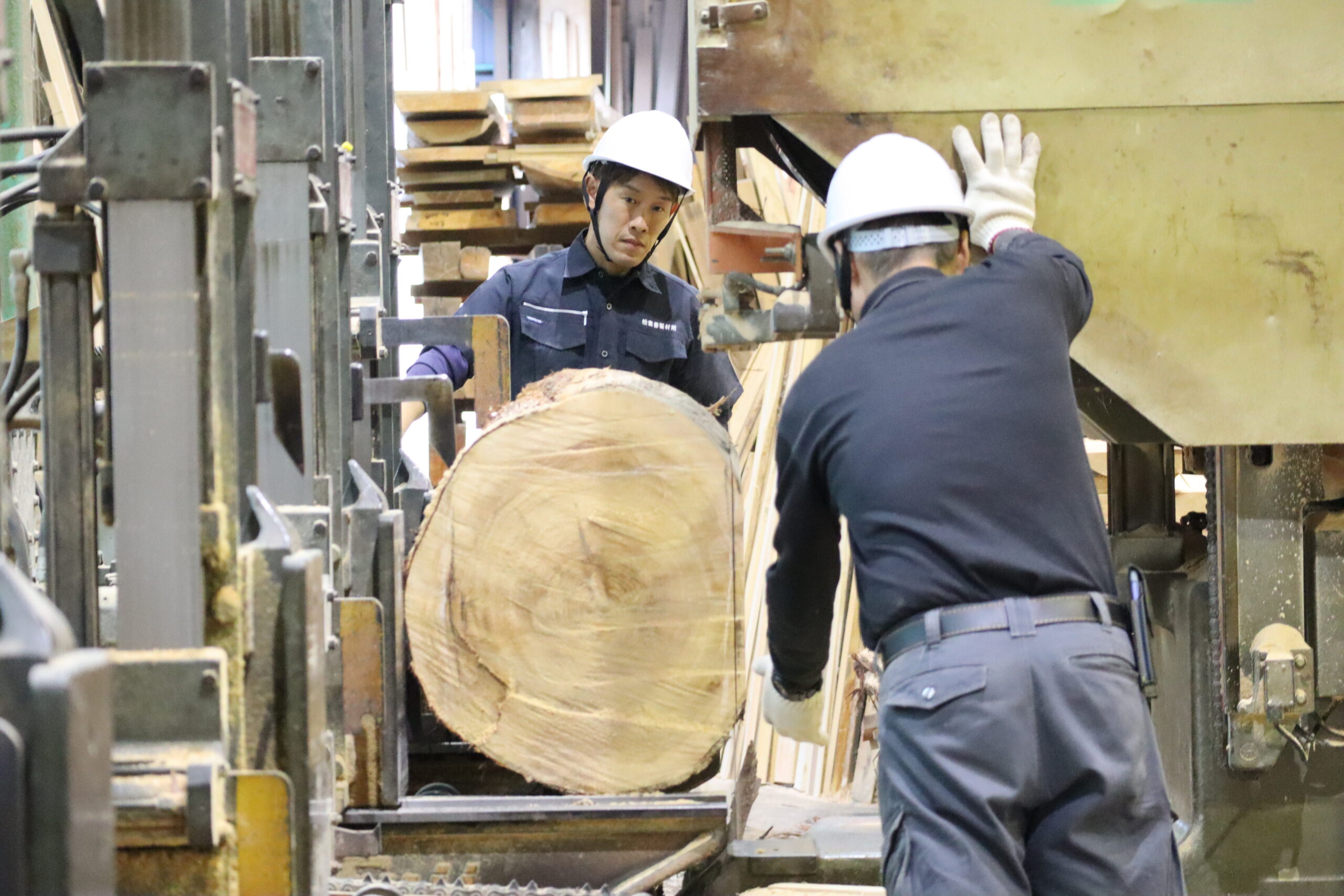
At Matsubazen Sawmill, a log of over 50 cm in diameter from southern Kawachi was processed. The seat and legs were cut from this single log.
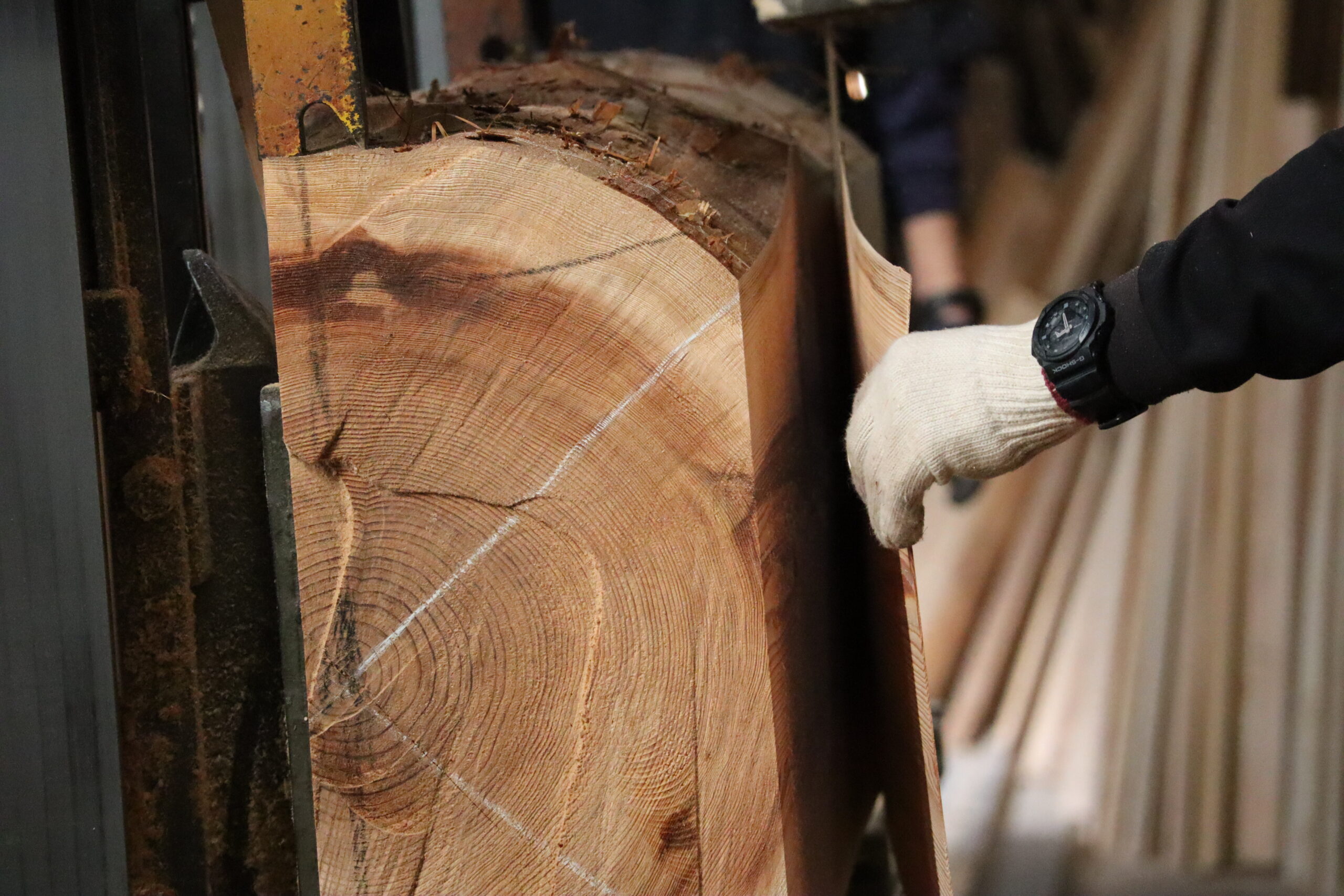
To prevent excessive warping, the wood was cut and adjusted millimetre by millimetre.

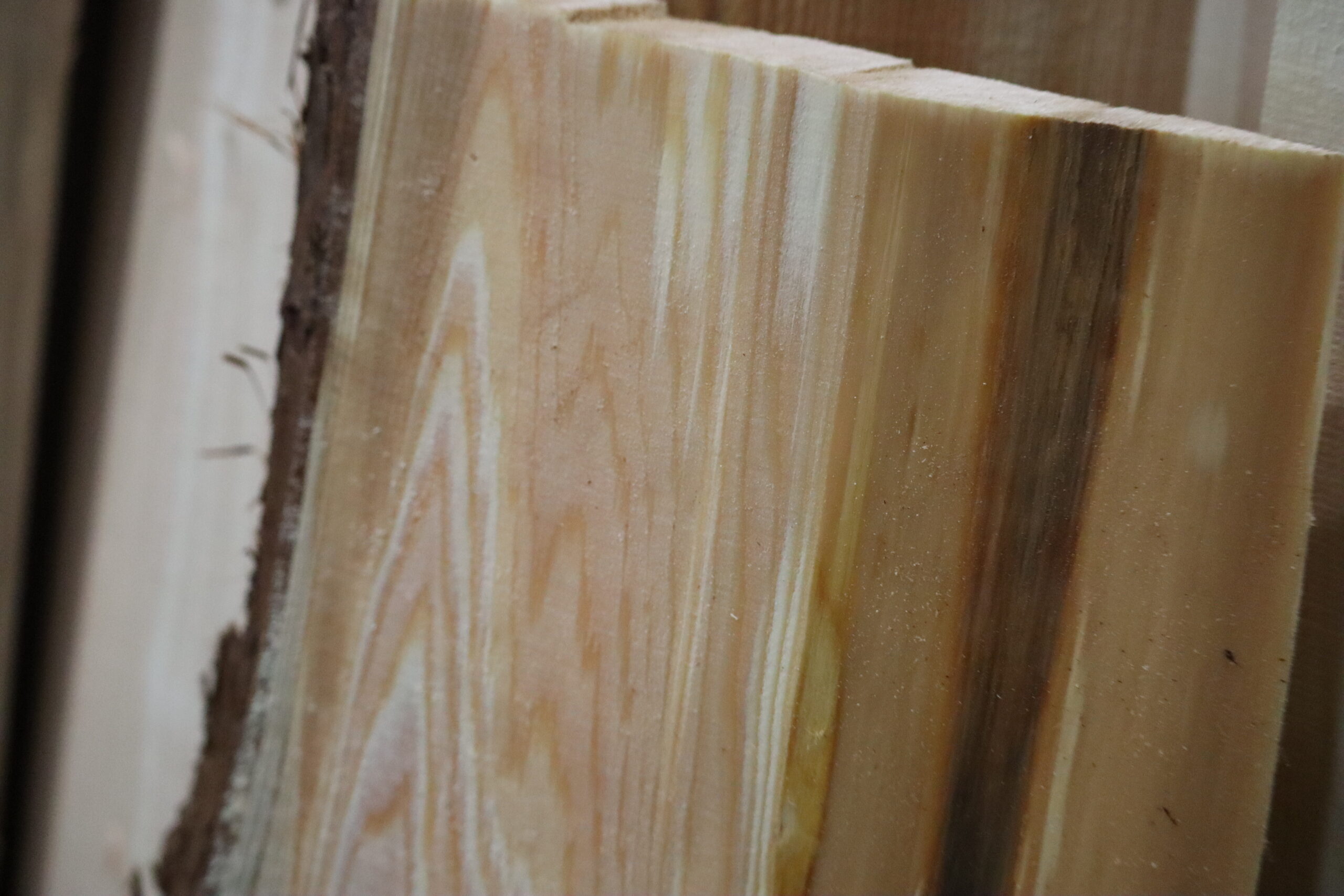
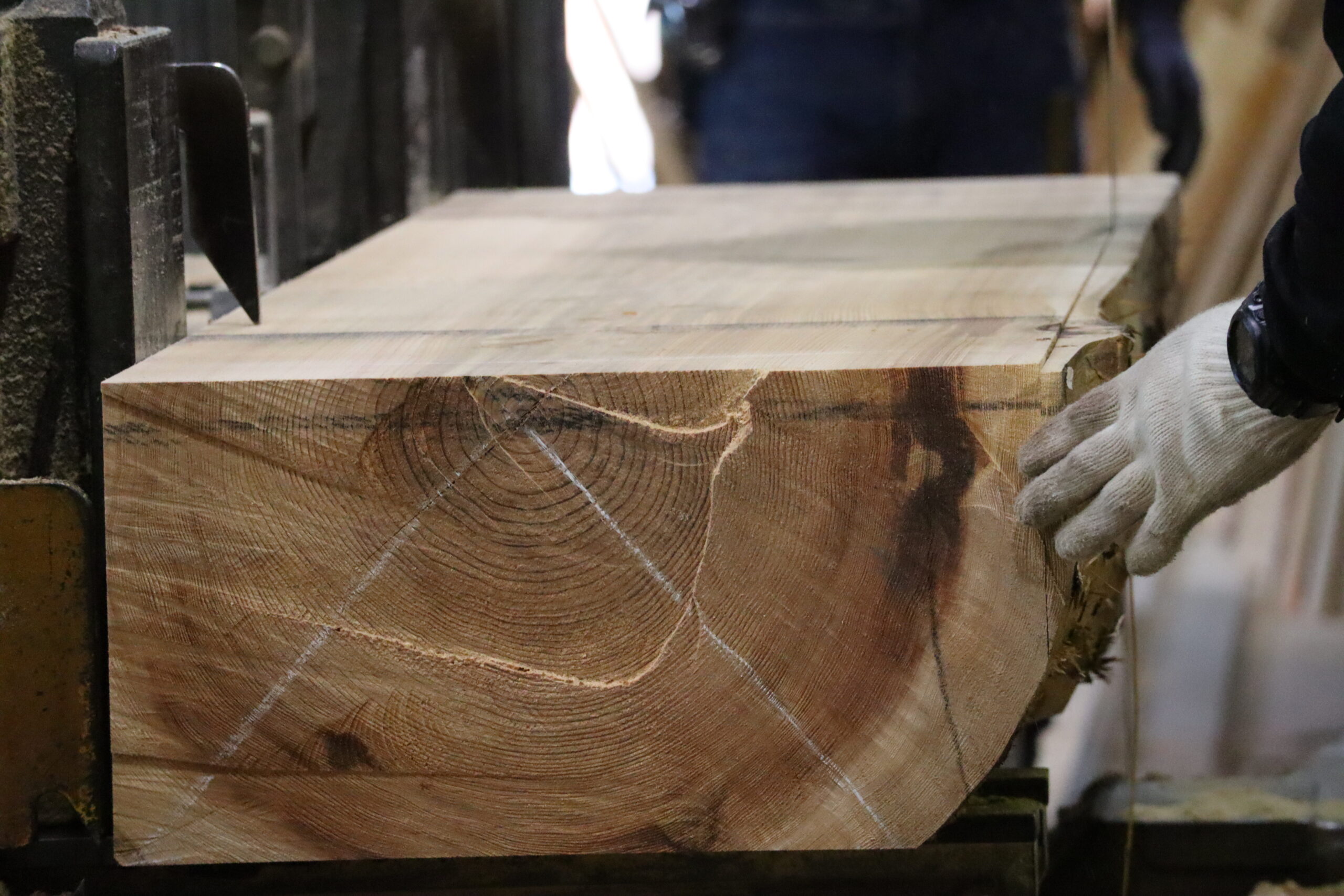
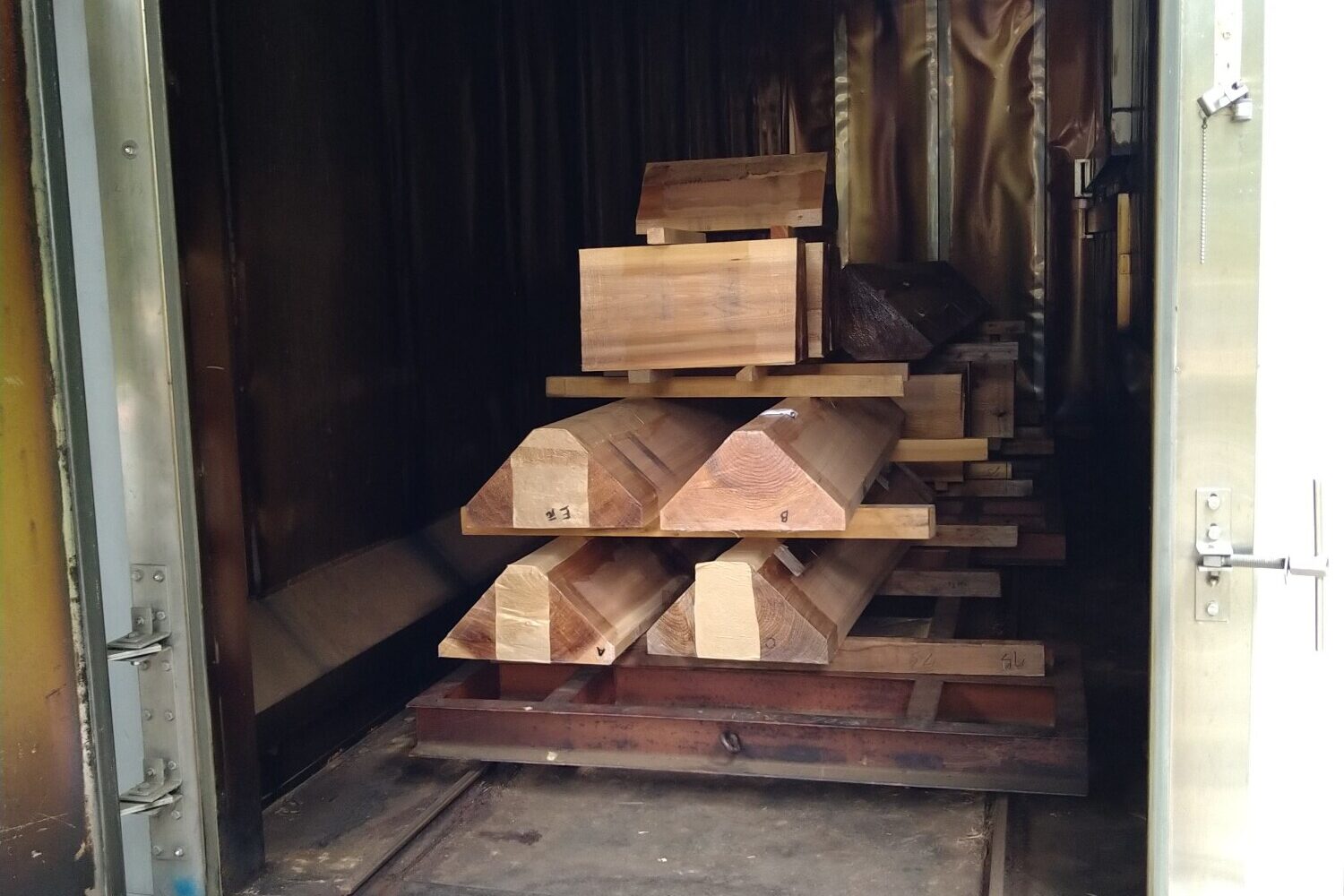
01: The seat section—this triangular part fits into the leg structure. 02: Freshly cut timber, glistening like a peeled bamboo shoot. 03: A solid chunk of wood, almost sculptural in presence. 04: Once milled, the pieces were placed in a kiln for drying. Larger components went through three cycles of drying.
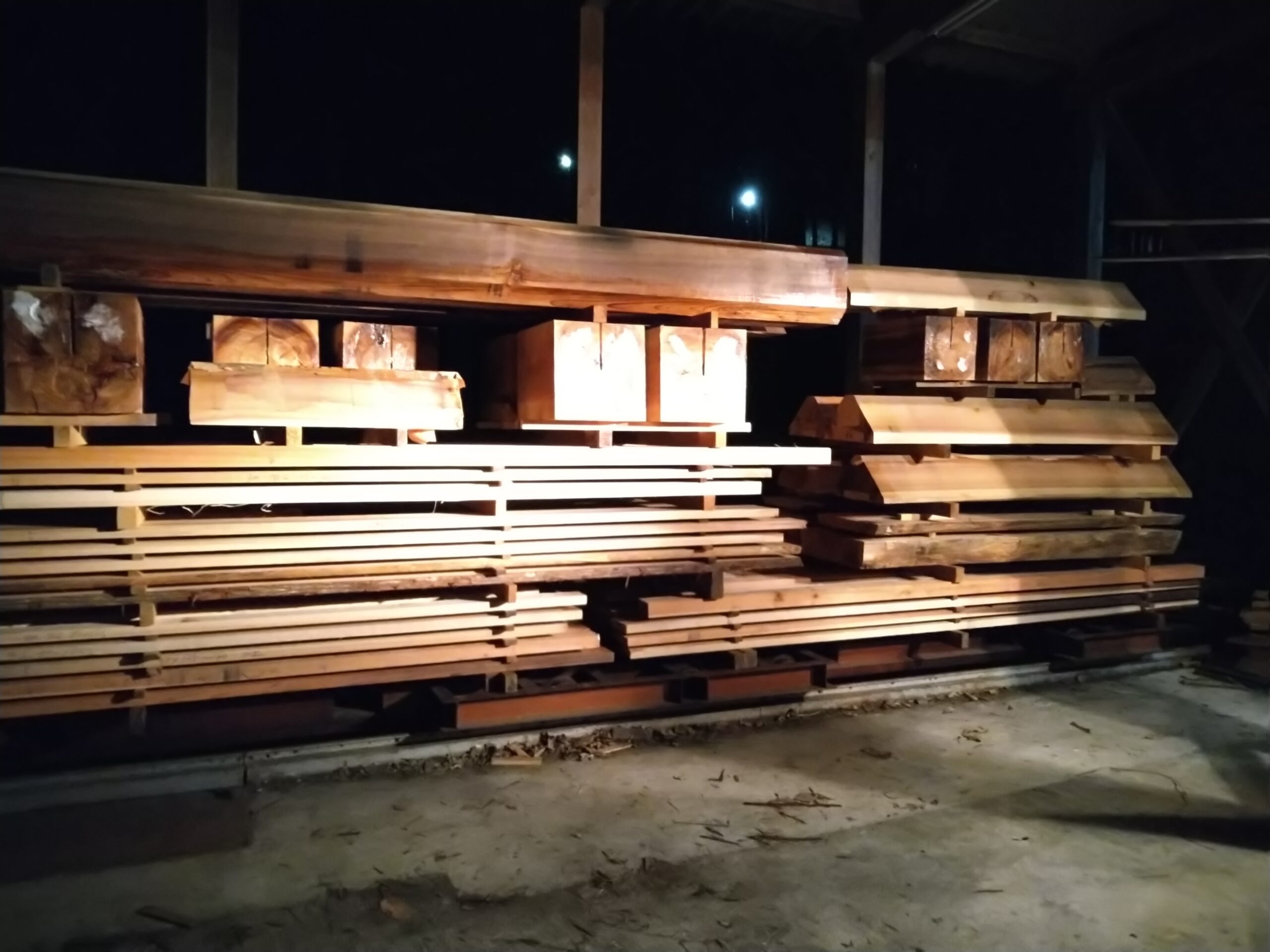
The dried seat and leg components emerged from the kiln. To make the most of a single tree, the benches were designed in varying sizes—from 4-metre-long six-seaters to compact single-seaters.
Other Benches

